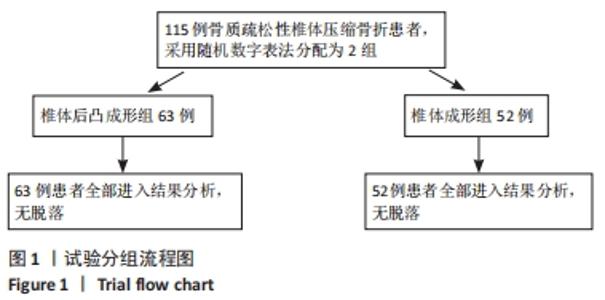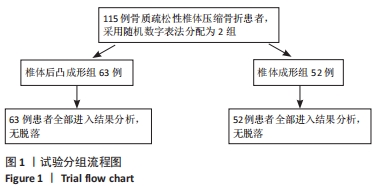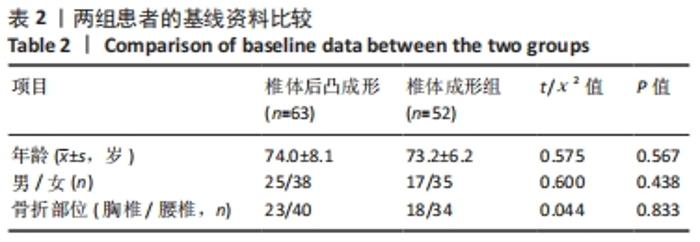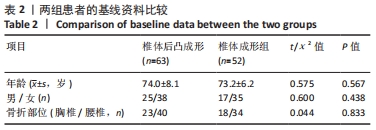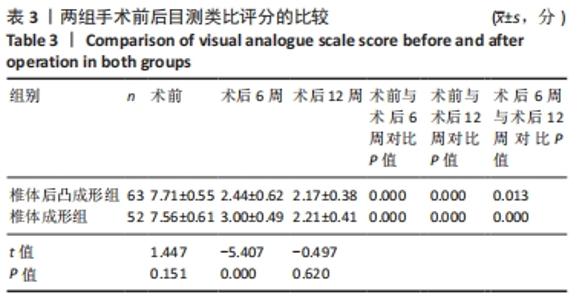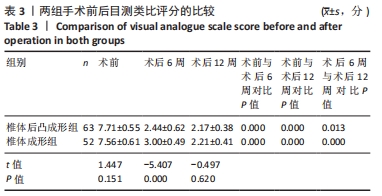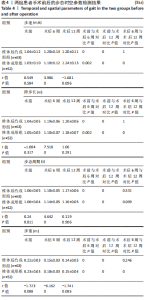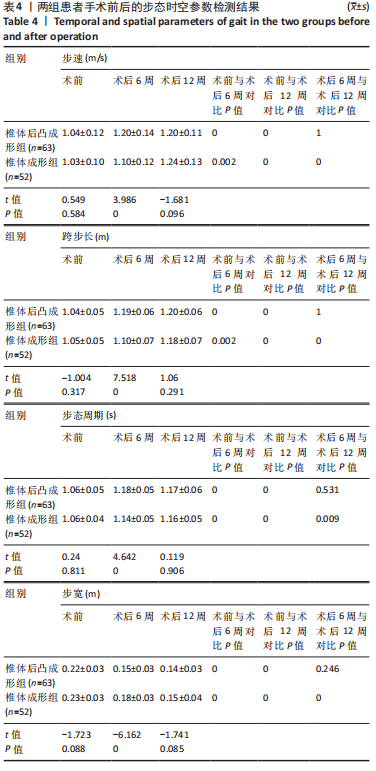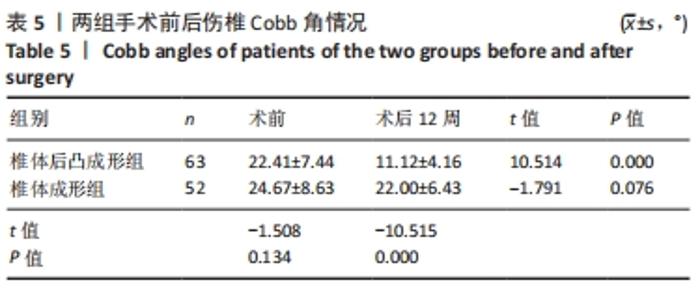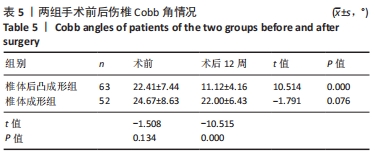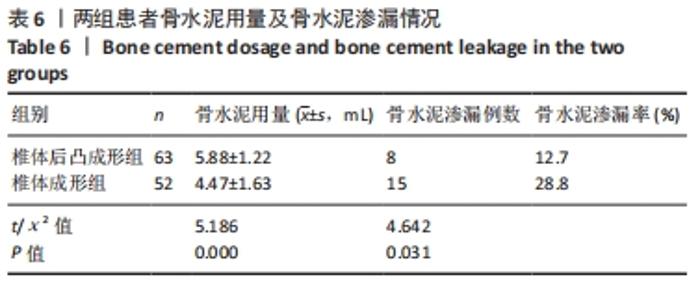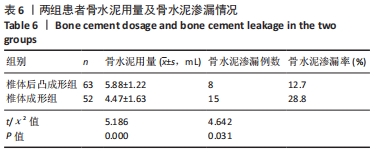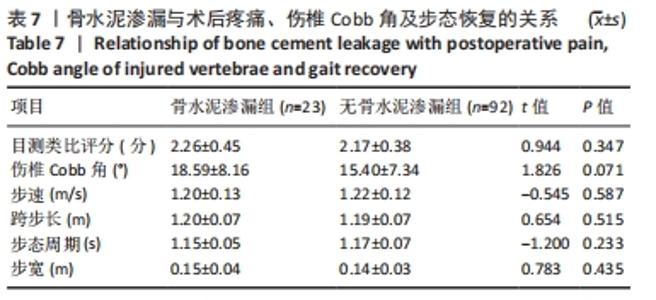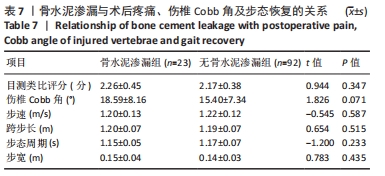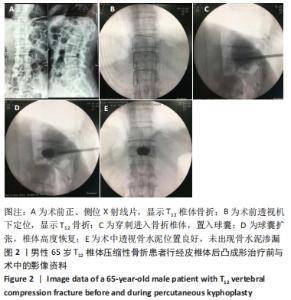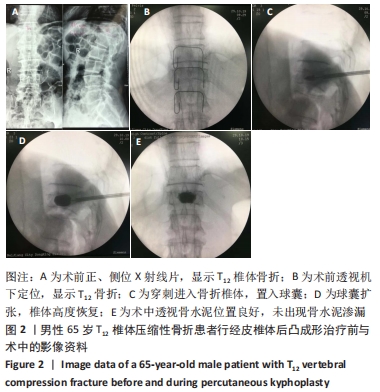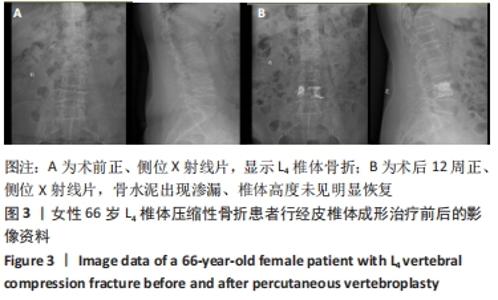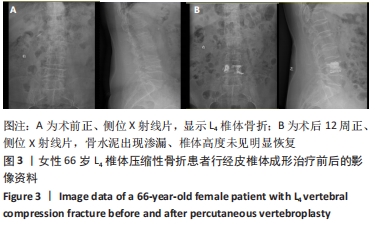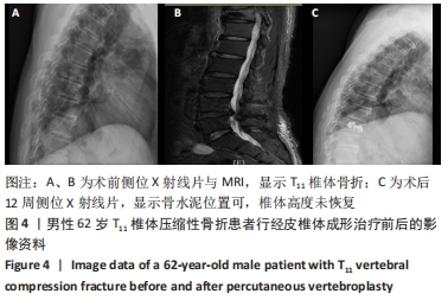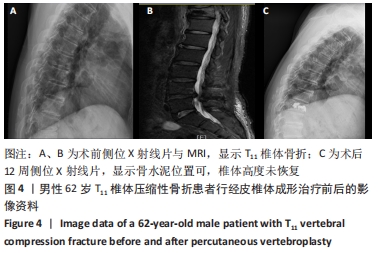[1] ZHAO DH, CHEN K, ZHU J, et al. Postoperative Functional Evaluation of Percutaneous Vertebroplasty Compared With Percutaneous Kyphoplasty for Vertebral Compression Fractures. Am J Ther. 2016; 23(6):e1381-e1390.
[2] KIM YY, RHYU KW. Recompression of vertebral body after balloon kyphoplasty for osteoporotic verte-bral compression fracture. Eur Spine J. 2010;19:1907-1912.
[3] KO BS, CHO KJ, PARK JW. Early Adjacent Vertebral Fractures after Balloon Kyphoplasty for Osteoporotic Vertebral Compression Fractures. Asian Spine J. 2019;13(2):210-215.
[4] WONG CC, MCGIRT MJ. Vertebral compression fractures: A review of current management and multimodal therapy. J Multidiscip Healthc. 2013;6:205-214.
[5] ZUO XH, ZHU XP, BAO HG, et al. Network meta-analysis of percutaneous vertebroplasty, percutaneous kyphoplasty, nerve block, and conservative treatment for nonsurgery options of acute/subacute and chronic osteoporotic vertebral compression fractures (OVCFs)in short-term and long-term effects. Medicine (Baltimore). 2018;97(29):e11544.
[6] MUKHERJEE S, YEH J, ELLAMUSHI H. Pain and functional outcomes following vertebroplasty for vertebral compression fractures – A tertiary centre ex-perience. Br J Neurosurg. 2016;30:57-63.
[7] GARFIN SR, YUAN HA, REILEY MA. New technologies in spine: kyphoplasty and ver- tebroplasty for the treatment of painful osteoporotic compression fractures. Spine (Phila Pa 1976). 2001;26(14): 1511-1515.
[8] BARR JD. Randomized controlled trial of vertebroplasty versus kyphoplas-ty in the treatment of vertebral compression fractures. J Neurointerv Surg. 2016;8:765-766.
[9] FILIPPIADIS DK, MARCIA S, MASALA S, et al. Percutaneous Vertebroplasty and Kyphoplasty: Current Status, New Developments and Old Controversies. Cardiovasc Intervent Radiol. 2017;40(12):1815-1823.
[10] DELPIERRE Y, VERNET P, SURDEL A. Effect of preferred walking speed on the upper body range of motion and mechanical work during gait before and after spinal fusion for patients with idiopathic scoliosis. Clin Biomech (Bristol, Avon). 2019;70:265-269.
[11] VAN DER JAGT-WILLEMS HC, DE GROOT MH, VAN CAMPEN JPCM, et al. Associations between vertebral fractures, increased thoracic kyphosis, a flexed posture and falls in older adults: a prospective cohort study. BMC Geriatr. 2015;15:34.
[12] 黄萍,钟慧敏,陈博,等.正常青年人三维步态:时空及运动学和运动力学参数分析[J].中国组织工程研究,2015,19(24):3882-3888.
[13] DIAMOND TH, BRYANT C, BROWNE L, et al. Clinical outcomes after acute osteoporotic vertebral fractures: a 2-year non-randomised trial comparing percutaneous vertebroplasty with conservative therapy. Med J Aust. 2006;184(3):113-117.
[14] KUMAR K, NGUYEN R, BISHOP S. A comparative analysis of the results of vertebroplasty and kyphoplasty in osteoporotic vertebral compression fractures. Neurosurgery. 2010;67(3 Suppl Operative):ons171-ons188.
[15] BRUNO AG, ANDERSON DE, D’AGOSTINO J, et al. The effect of thoracic kyphosis and sagittal plane alignment on vertebral compressive loading. J Bone Miner Res. 2012;27(10):2144-2151.
[16] 张昊聪,王兆瀚,张子方,等.术前脊柱后方肌群肌力对长节段固定融合纠正退行性脊柱侧凸矢状位失衡的影响[J].中国脊柱脊髓杂志,2017,27(6):517-523.
[17] SVEDBOM A, ALVARES L, COOPER C, et al. Balloon kypho-plasty compared to vertebroplasty and nonsurgical man-agement in patients hospitalised with acute osteoporotic vertebral compression fracture: a UK cost-effectiveness analysis. Osteoporos Int. 2013;24:355-367.
[18] HU KZ, CHEN SC, XU L. Comparison of percutaneous balloon dilation kyphoplasty and percutaneous vertebroplasty in treatment for thoracolumbar vertebral compression fractures. Eur Rev Med Pharmacol Sci. 2018;22(1 Suppl):96-102.
|
